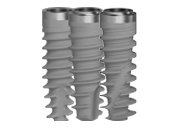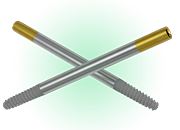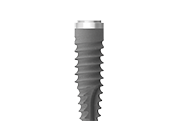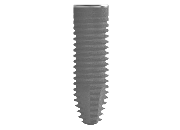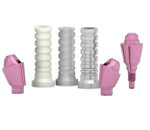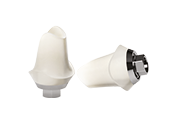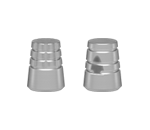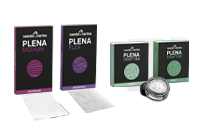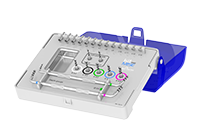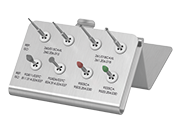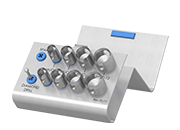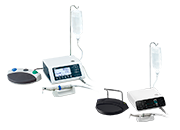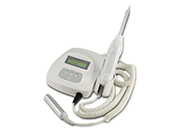The visit ended with the diagnosis of a vertical root fracture. According to the patient, the decision was to proceed with the extraction of the fractured element, alveolar bone regeneration, insertion of a fixture and the subsequent prosthetic finalization.
During the first surgical step, the extraction was performed, and the bone defect was filled with deproteinized bovine bone mineral particles, covered with a resorbable collagen membrane.
After seven months, the second surgical step involved the crestal incision in the edentulous area and the insertion of a Prama implant in the regenerated site.
Then, waiting for the biological healing, the implant-prosthetic rehabilitation was completed.
The success of implant-supported restorations depends on the interaction between several anatomical, technical, surgical and prosthetic factors. The prosthetically driven implant placement allows the optimal support of the surrounding soft tissues and a satisfactory emergence profile of the final prosthesis.
As told by the proceedings of the 4th Consensus Conference of the European Association for Osseointegration (EAO - 2015) the implant treatment success is determined by:
• satisfactory primary stability;
• absence of further ridge augmentation procedures during implant placement for the management of residual dehiscence or fenestration defects;
• implant survival and implant success;
• marginal bone levels;
• negative BOP (Bleeding On Probing) and PI (Plaque Index) indices.
In this case, it seems that all the primary and secondary goals was achieved and confirmed at the 2 years follow up.

